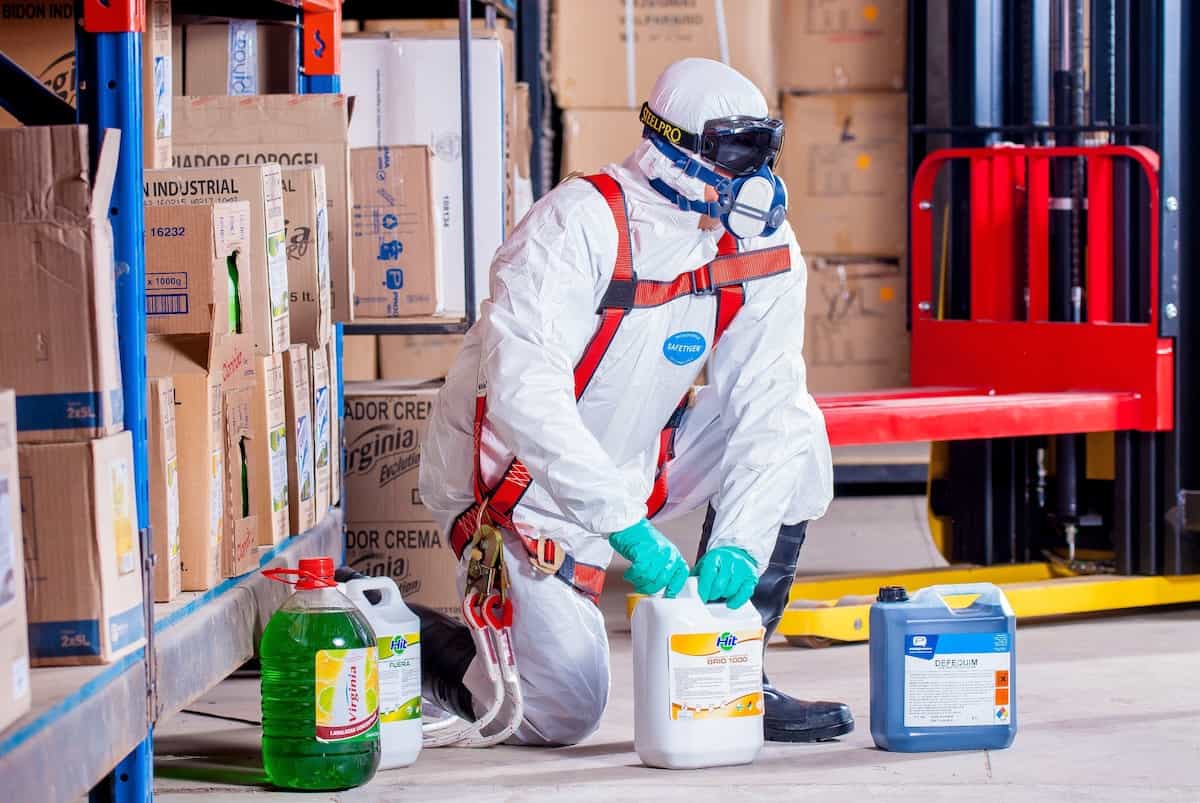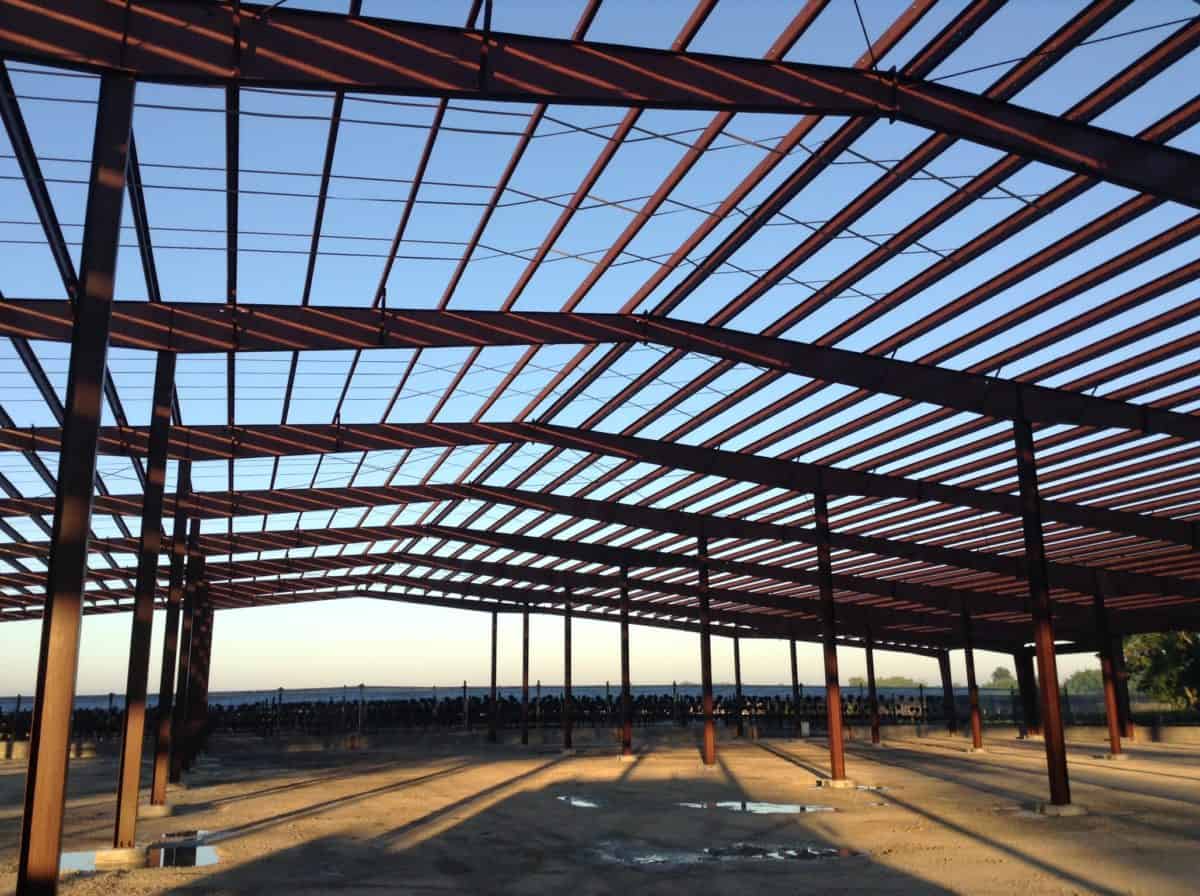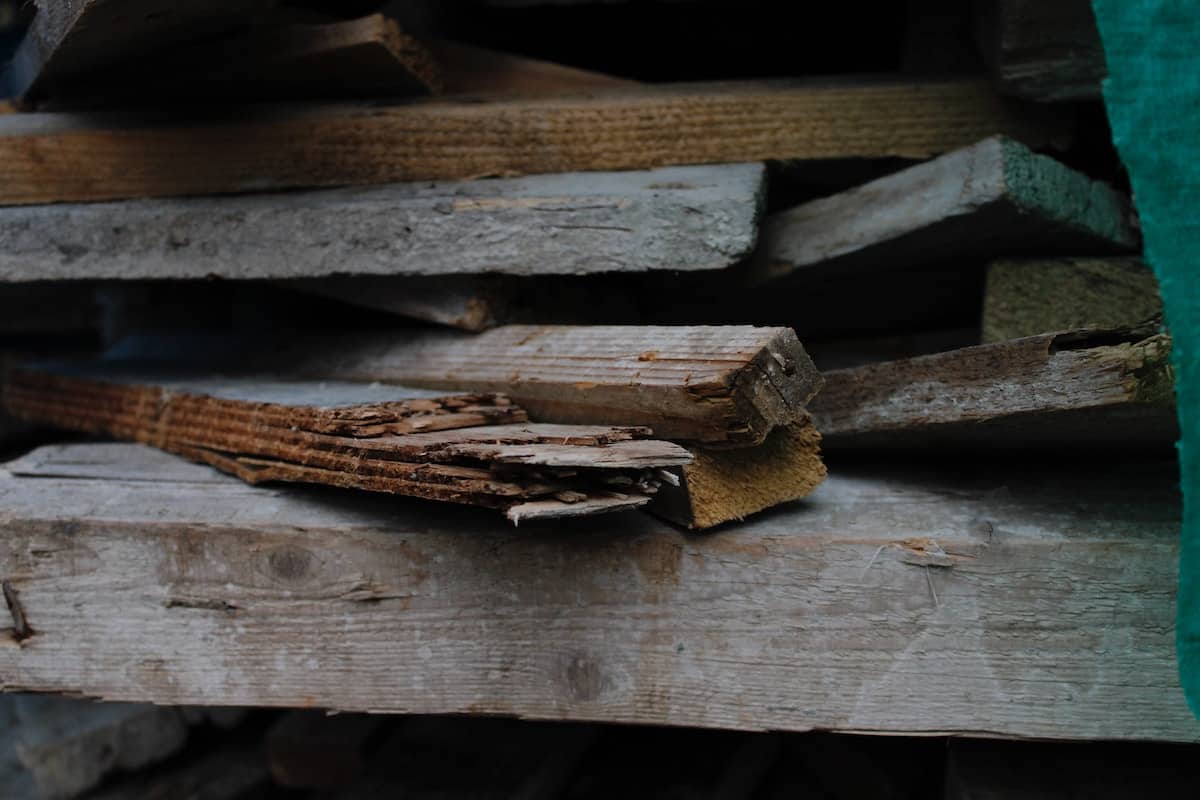Metal building’s durability can protect you from dealing with the consequences of many destructive natural elements such as fires, hurricanes, and more. Surprisingly, the most devastating destroyers to a building are known as silent killers, termites, and dry rot, that slowly eat away at your structural foundation, thankfully metal buildings also protect against these destructors!
One of the many benefits of deciding to go with a steel building is never having to worry about destructive tiny wood-eating creatures, aka termites. Let’s put it into perspective on how much damage these pesky creatures cause in just one year:
It may be shocking for you to hear that termites cause more damage than fire, floods, and storms combined. To make it worse, insurance companies rarely cover termite damage or maintenance. They claim that termite infestations can be prevented with routine home maintenance and it is the responsibility of the building owners to be proactive when it comes to termite prevention, leaving people with few options in securing a building or home against potential termite damage.

For example, chlordane, a termite pesticide used until the ’80s, was so toxic and deadly that it was considered a larger threat than the wood-eating insects. Financially, termite prevention treatment can cost $1,000 or more depending on the size of the building. Not to mention tent treatment, which ranges from $2,000 or more!
There are many drawbacks to these chemicals besides cost and health.
Metal vs Termite Luckily, there is a termite-proof solution to protecting your property from building damage. Metal!
Choosing to go with a metal building is smart for many reasons. Metal buildings provide a durable termite-resistant building that does not need any chemical termite treatments.
Don’t just take our word for it…
The International Residential Codeword, which establishes public safety and health provisions for residential building protocols, listing structural steel and cold-formed steel as 2 of 6 options for termite protection.
So now that you’ve decided on constructing a metal building or at least using metal for building frames. How do you ensure these pesky creatures never step foot inside your building?

For those who don’t want to commit to a full metal building, structural steel and cold-formed steel frames are your next best bet. Both forms of steel comply with the termite-resistant construction requirements of the International Residential Code. They are inorganic, meaning termites have no appetite for them. Thankfully, there is no need for any type of post-construction termite treatment or management ridding building occupants, the planet, and your wallet from these toxic chemicals.
Let’s do a quick rundown on the difference between structural steel and cold-formed steel.

Like we mentioned termites love wood but will eat almost any material with cellulose (organic material). To prevent this from happening you must be cognizant of what organic materials are being used throughout your metal building’s interior.
Here is a list of material that is appetizing for termites:
We also recommend having a professional remove scrap of wood, any plant debris, or other organic matter from under the building.
Building location needs to be considered for many reasons such as construction drainage, sinkholes, mudslides, and termite prevention.
In regards to termites, a weak foundation can cause cracks and other weaknesses in your building that would allow these relentless pests from entering your building.
To avoid an unstable foundation, construct your building in a location that is slightly elevated and where the soil can drain well.

Termites aren’t the only “silent killers” you’re avoiding when deciding to go with a metal building. You are also saving you and your building from dry rot. Dry rot can occur anywhere that has moderate to high humidity. Unfortunately, moisture content can be as low as 20 percent for dry rot to damage your building.
Dry rot, also known as brown rot, is the most damaging wood-destroying fungus.
Wet rot, dry rots fungal cousin, is a more popular form of fungal decay that isn’t as serious since it can easily be detained. On the other hand, dry rot targets timber but can travel through many building materials other than timber (brick and plaster), giving rise to massive outbreaks and the potential to spread quickly throughout a building.
Dry rot is extremely hard to stop and is usually undetected until there is a big structural issue.
Unless you catch it immediately and have a professional come to treat it…
Your building is susceptible to tremendous disaster from structural weakness to eventually building collapse.
The excess buildup of moisture in these buildings also causes health issues including respiratory problems. Prevention includes being proactive, avoiding any water buildup as well as chemical treatment on wood. Similar to termite pesticides the chemicals used in prevention are detrimental to an individual’s health.
Thankfully, metal buildings provide a solution to avoiding this disastrous consequence of wood-eating fungi. Steel is durable and reliable ensuring the highest-quality buildings.
To finish off let’s talk about Hawaii deals with its termite situation.

One of the most destructive termites, the Formosan termite, originally from China, was once solely a resident of the Hawaiin island but through commerce and transportation, the Formosan termite has made its way to the mainland.
It has now managed to wreak havoc in more than 14 states around the south and the gulf coast of the United States and is quickly spreading to more parts of the US. It is stated that Hawaii spends around $100 million annually on Formosan termites destruction alone.
Residents and businesses of Hawaii were finally fed up with dealing with Formosan termites and now they fully embrace steel framing.
Today, almost all new commercial construction in Hawaii uses steel frames saving them millions of dollars in pest control.
So let’s follow Hawaii and avoid all these headaches altogether by building with metal, no termites no dry rot.